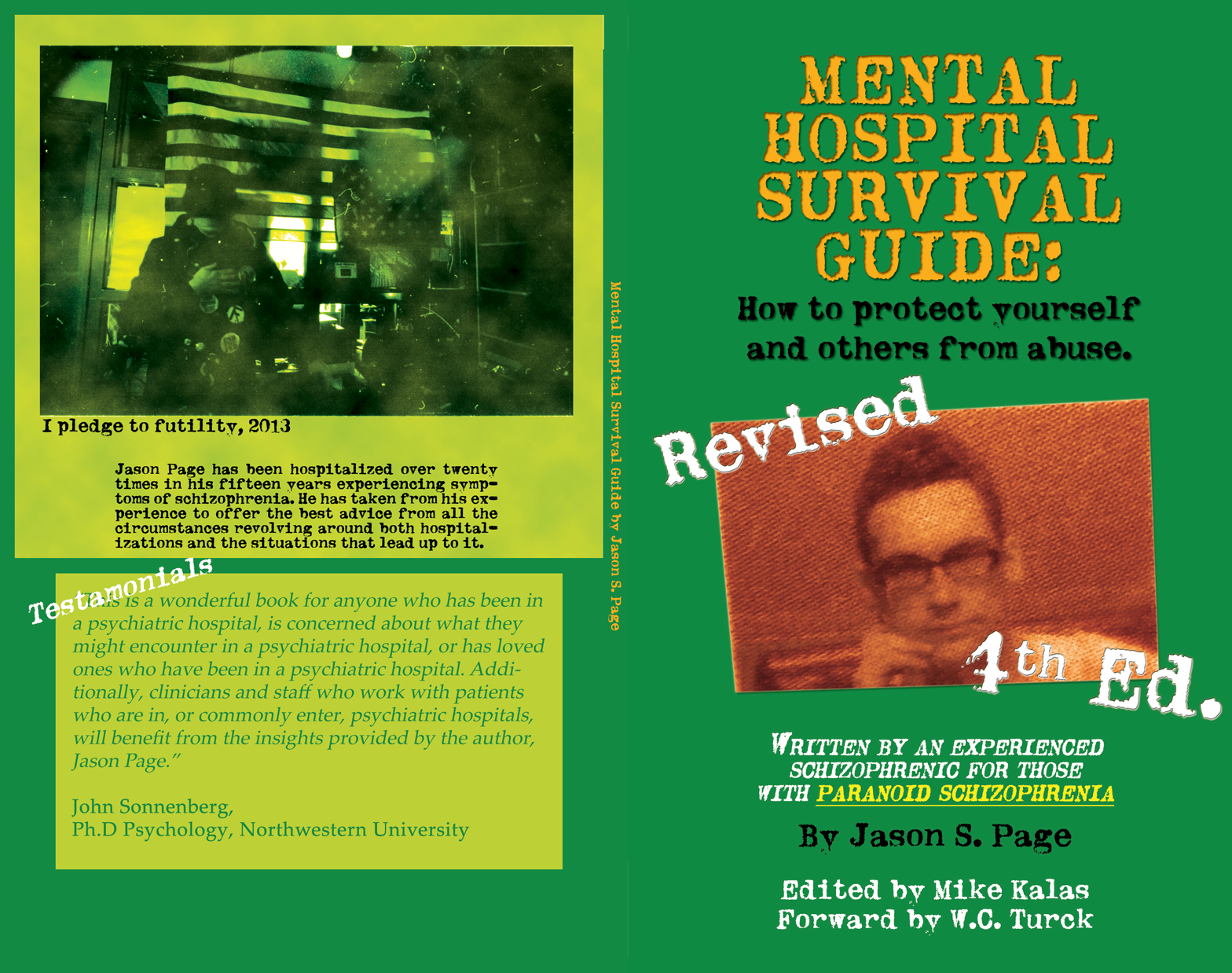The erosion of public trust in media sources has become a pressing concern in recent years. The proliferation of manipulative public coercion tactics, including the dissemination of deceptive information framing otherwise ligitimate information as disinformation has led to widespread skepticism and mistrust of news agencies. To address this issue, it is essential to propose legislation that clearly distinguishes entertainment from public information, ensuring that the latter is verifiable, free from malice and corrected in a timely and accessible manner.
The Problem of Media Infiltration and Co-opted Bias
The manipulation of public opinion through deceptive information tactics has been a long-standing issue. Operation Mockingbird, a CIA operation that began in the 1950s, aimed to influence public opinion through the manipulation of news media (Saunders, 2000). More recently, the use of strawman arguments, dismissing and damaging of social and technological questions and scientific inquiries has become a common practice (Kahneman & Tversky, 1979). This has led to a breakdown in public trust, with many individuals questioning the validity of information presented by news agencies.
A Solution: Distinguishing Entertainment from Public Information
To restore public trust, it is essential to clearly distinguish entertainment from public information. Public information should be verifiable, free from malice and corrected in a timely and accessible manner. News agencies should be held accountable for the information they disseminate and corrections should be made through all channels intended for public consumption, including online, TV and radio.
Equal Access to C-SPAN: A Step towards Transparency
Currently, C-SPAN is distributed for profit and only accessible through cable access, which has been prohibitively expensive for many individuals. To promote transparency and accountability, it is essential to provide equal access to C-SPAN. One possible solution is to require provinces with public access stations to include sub-channels to C-SPAN channels in order to continue to qualify for public funding. This would ensure that C-SPAN is a government-funded, non-profit organization, free from private interest collision and intelligence narrative infiltration.
The Impact of Television on Public Opinion
Personal experience with television has shown that immersion in TV programming can have a profound impact on public opinion. Research has demonstrated that TV programming can influence emotional responses and nervous system activity through the use of Extremely Low Frequencies (ELF) (Adey, 1969). The work of Ross Adey, a researcher who collaborated with the Defense Advanced Research Projects Agency (DARPA) in the 1950s and 1960s, highlights the potential for nervous system technologies to influence and induce emotional responses in viewers (Adey, 1975). Furthermore, the use of Neuro-Linguistic Programming (NLP) in TV programming has been shown to influence public opinion and behavior (Bandler & Grinder, 1979).
The restoration of public trust in media requires a multifaceted approach. By distinguishing entertainment from public information, ensuring verifiability and accountability and providing equal access to C-SPAN, we can promote transparency and accountability in the media. Additionally, by acknowledging the potential impact of TV programming on public opinion, we can work towards creating a more informed and critically thinking public. It is essential that legislation be drafted to address these issues and that lobby groups and representatives work together to promote a more trustworthy and transparent media landscape.
References:
Adey, W. R. (1969). Brain interactions with electromagnetic fields. Journal of Nervous and Mental Disease, 147(4), 321-333.
Adey, W. R. (1975). Effects of microwave radiation on the nervous system. Journal of Microwave Power, 10(2), 141-153.
Bandler, R., & Grinder, J. (1979). Frogs into princes: The introduction to neurolinguistic programming. Science and Behavior Books.
Kahneman, D., & Tversky, A. (1979). Prospect theory: An analysis of decision under risk. Econometrica, 47(2), 263-292.
Saunders, F. S. (2000). The cultural cold war: The CIA and the world of arts and letters. New Press.
![]()





